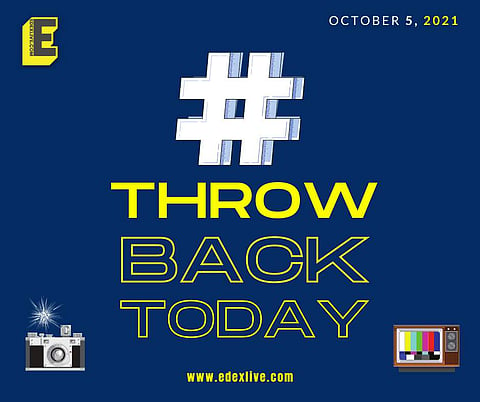

Touted to be the world's cheapest tab, Aakash was launched by the Government of India on October 5, 2011, as a part of its ambitious programme to promote e-learning! The idea was to connect 25,000 colleges and 400 universities while the tablets themselves were produced by UK-based DataWind, now known as Jeotex, and manufactured in Hyderabad. The project intended to involve Indian Institute of Technology (Rajasthan) to develop the tab along with DataWind but then IIT Bombay came on board. The Android tab with a seven-inch touchscreen and 256 MB RAM offered a lot of promise especially to those students in the rural areas where education might not be easily accessible.
At the launch event, Kapil Sibal, the then Minister for Human Resource Development gave away 100 Aakash tablets to students so that they can test them out. The plan was that, over the next few years, 10 million of these devices would be distributed to bridge the digital divide. By 2013, the government was purchasing the tablet for Rs 2,263 and intended to sell it for Rs 1,500.
As per an RTI, it was in March 2015 that the low-cost, or as some called it 'cheap Chinese version', tablet project was called off. The problems were many — the number of times it would hang up, how slow it was, terrible battery life and poor sound quality as well.
